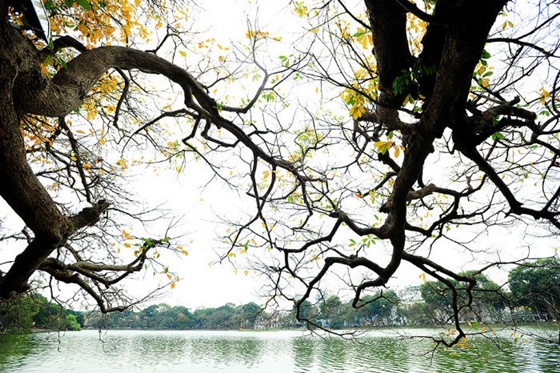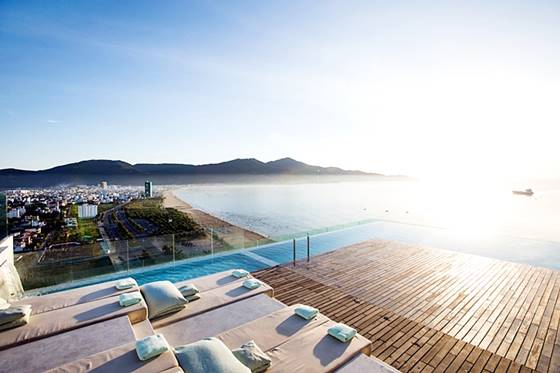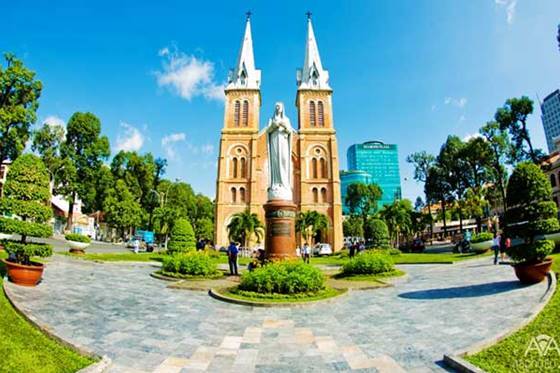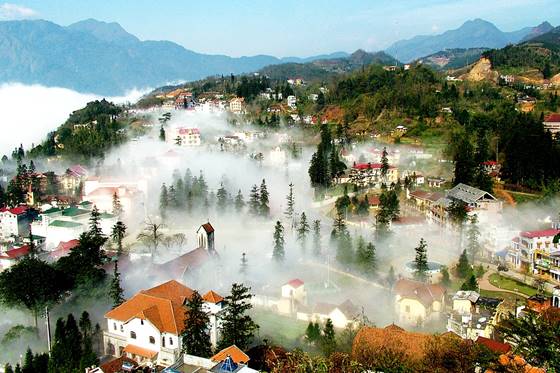Lying off the west coast of Vietnam's Mekong Delta, the mountainous and forested Phu Quoc is a splendid tropical getaway set with beautiful white-sand beaches and quaint fishing villages.
A visit to Phu Quoc is a good, affordable opportunity to relax, spend time on the beach, kayak its quiet inlets, scuba dive or snorkel the coral reefs, or simply have a great seafood meal followed by a cocktail on the beach. With its five-star resorts and elegant family-run bungalows, Phu Quoc is one of Vietnam’s star attractions in its own right.
Phu Quoc is called the island of pearls from the wealth bestowed to it by nature and its rich tourism potential. The island has many beautiful beaches. Visitors to Phu Quoc can swim, hike, visit the caves, go jungle trekking, and more.







